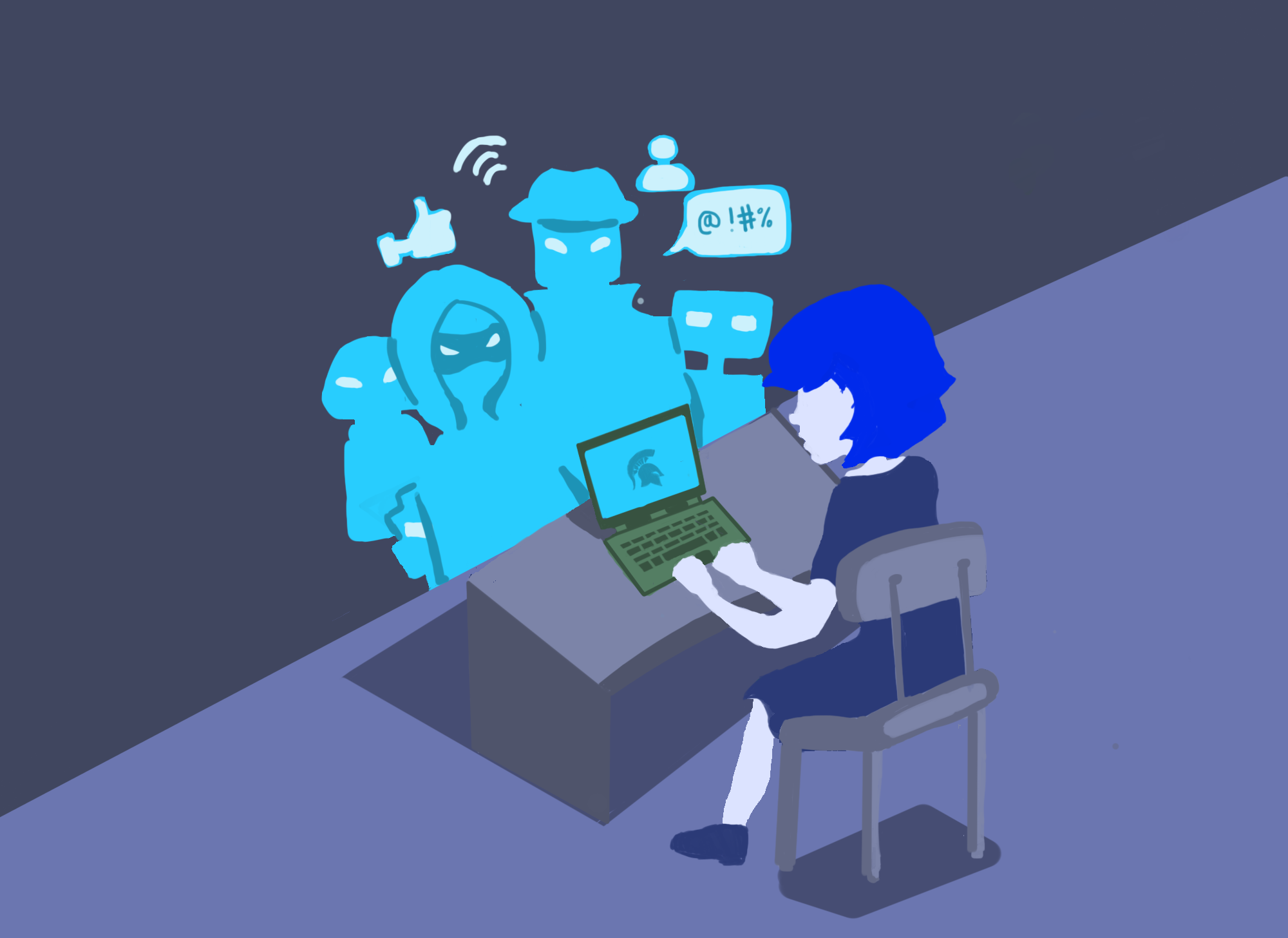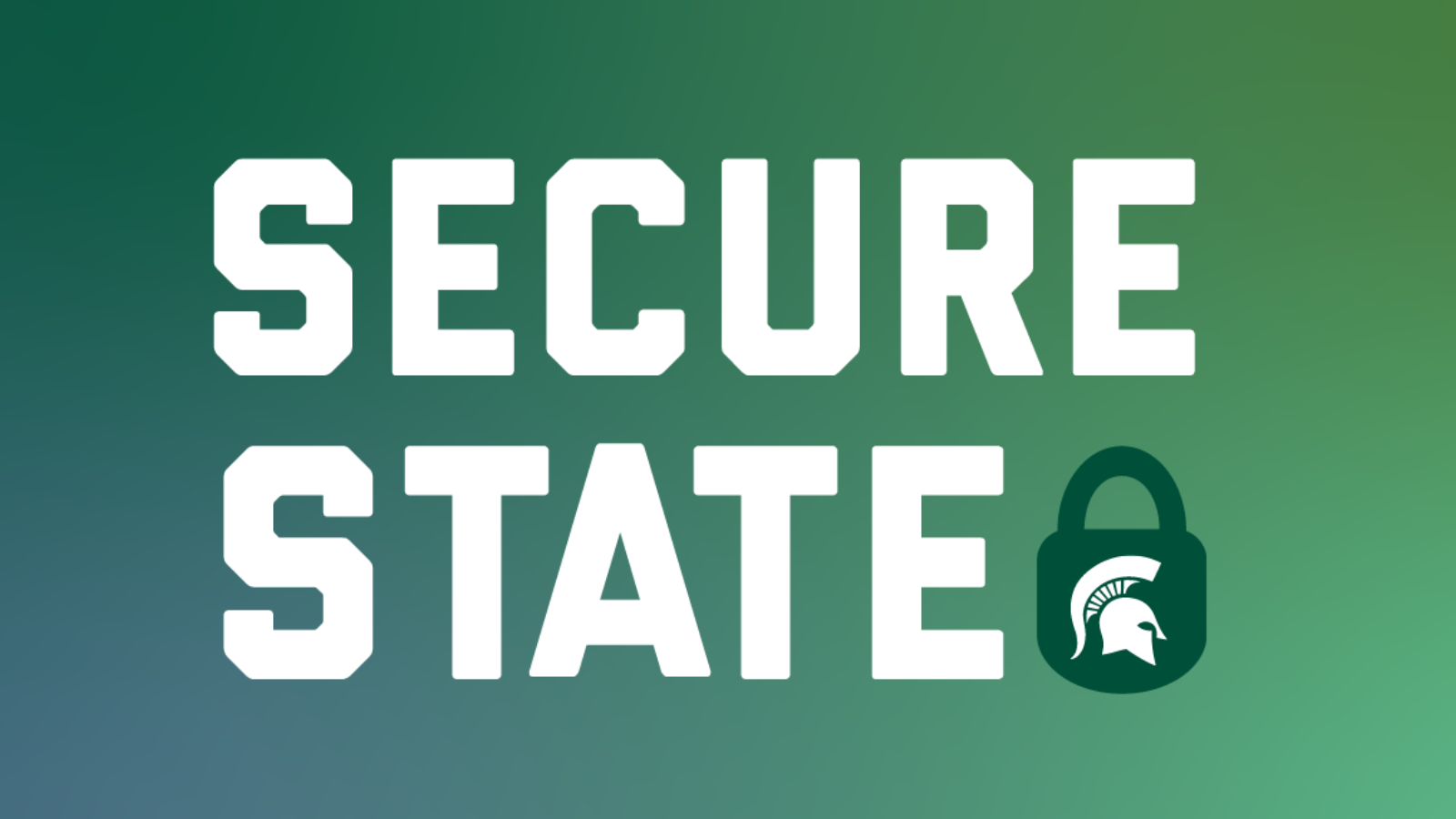Not everybody is who they say they are on the web, and sometimes people online aren’t people at all. They might be lines of code meant to mimic human behavior. In other words, some people on the web are bots––some are good, and some are nefarious. There are also some people behind accounts working hard to get other users aggravated. Those are known as trolls, and conventional wisdom says to avoid interactions with them.
What is a bot?
A bot (or web robot) is a program that performs automated tasks over the internet. Bots do what they’re instructed to do by the person who created them––usually simple and repetitive tasks, but faster than a human. A good bot can be helpful, like refreshing Facebook content or helping with search algorithms. A social bot is a bot-run social media account that poses as a real person but operates without human intervention. Like a plane on autopilot, once switched on, it shares and likes specific posts to make them seem more popular than they are. The more bots that engage with a post, the more likely the content is exposed to real users like you.
What is a troll?
 Unlike the kind that lives under bridges or in caves, a troll is a person who uses the internet to upset others online. Motivated by passion, or sometimes a paycheck, these troublemakers often disseminate incomplete, inaccurate, or downright false news and information. They’re also known to make outrageous statements and draw arguments in comment threads for the sole purpose of being disruptive. Some of these problematic provocateurs use bots to spread their disinformation and amplify their message. If a troll is a villain, bots are their annoying robot henchmen.
Unlike the kind that lives under bridges or in caves, a troll is a person who uses the internet to upset others online. Motivated by passion, or sometimes a paycheck, these troublemakers often disseminate incomplete, inaccurate, or downright false news and information. They’re also known to make outrageous statements and draw arguments in comment threads for the sole purpose of being disruptive. Some of these problematic provocateurs use bots to spread their disinformation and amplify their message. If a troll is a villain, bots are their annoying robot henchmen.
How to spot a bot or troll
First, review the account. If it looks fake, it probably is. A blank profile picture is a big red flag. If the username is nonsensical with a bunch of random letters and numbers––that’s another clue. Fake accounts often display stolen pictures from around the web. Try performing a reverse image search of the profile picture (via Google image search).
The best way to know is by checking the account activity. Trolls often overuse capital letters and have bad grammar, spelling, and punctuation. If content is shared all day and night or in multiple languages, you may have spotted a bot. If the content links to bogus or strange sources, you may have caught a troll. There’s a new adage for these types of people: don’t feed the troll. That is, don’t respond. And remember to flag, report, and block any suspected bot or troll account.
Learn about the best ways to #SecureState at secureit.msu.edu.



